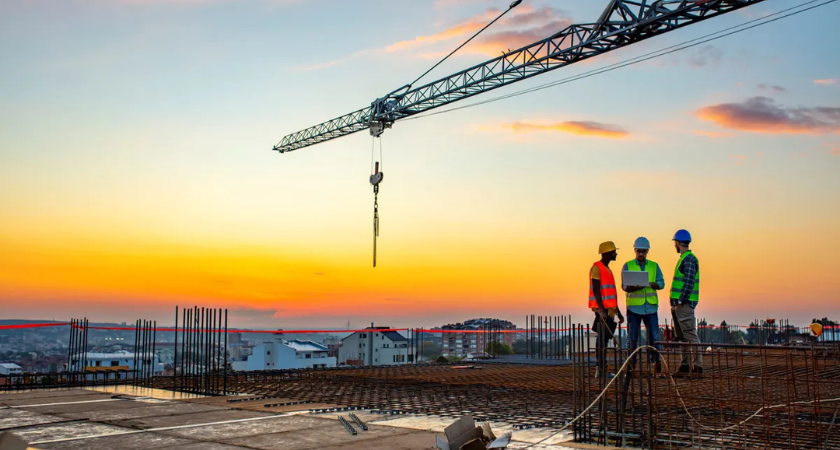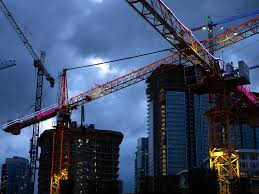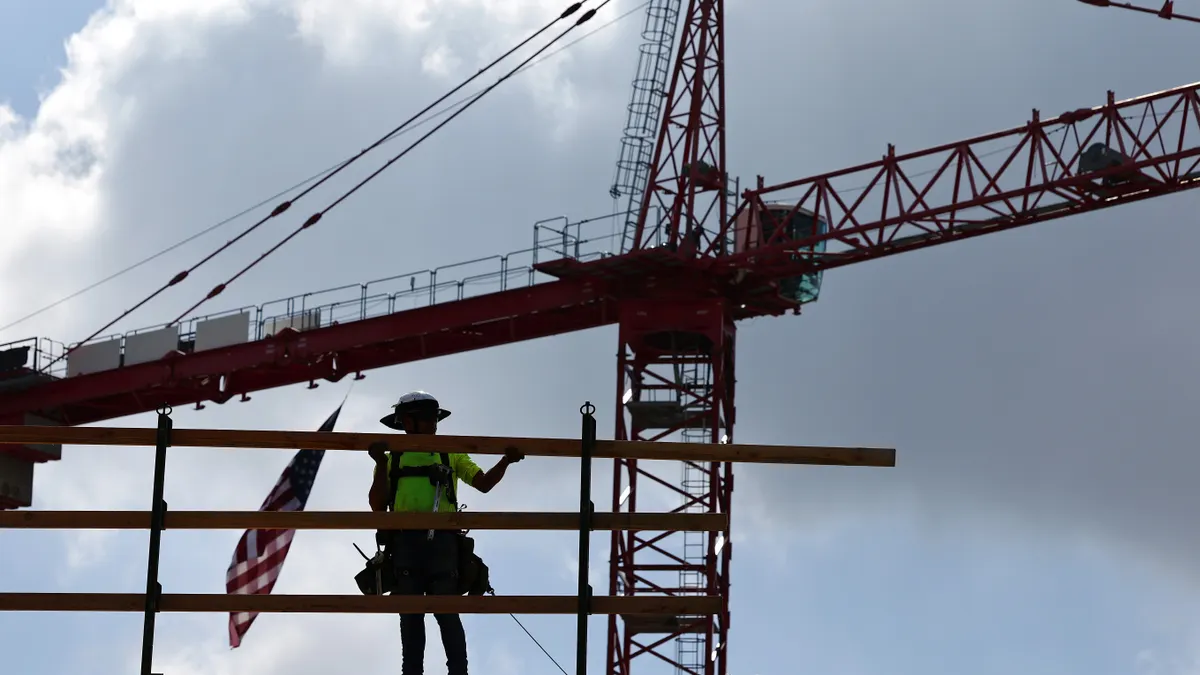
Construction activity across North America is showing clear signs of deceleration, according to the latest Crane Count from global consultancy Rider Levett Bucknall (RLB). The firm’s biannual report found that crane numbers across 16 major metropolitan areas have fallen 44% compared to the first quarter of the year — a decline of eight cranes in total.

While the slump marks the second consecutive downturn, the report reveals a highly uneven landscape. Seven cities saw drops of more than 20%, underscoring a slowdown in new development, rising interest rates and tighter financing. However, the decrease wasn’t universal — Chicago, Denver, San Francisco and Calgary experienced gains in crane activity, signaling pockets of opportunity.
Paired with RLB’s Q3 Quarterly Construction Cost Report, the data paints a more nuanced picture. Even as crane counts fall, construction pricing continues to climb nationally, creating what the firm described as a “unique paradox.”
In New York City, crane activity slipped from nine cranes in Q1 to six in Q3. According to RLB, the projects currently deploying cranes include “two commercial, three mixed-use and one residential job spread across different neighborhoods,” signaling that development is still active but scattered. The decline also reverses Q1 gains, pointing to “slowing momentum as a result of higher interest rates, financing constraints and project completions.”
Los Angeles posted one of the sharpest drops, falling from 42 cranes to 26. Still, RLB noted some optimism. The firm attributed the change to major cultural and commercial projects nearing completion, with “transportation activity” beginning to fill in some of the gap.
The latest report also adds three new cities to RLB’s survey:

Among the strongest performers, Denver stood out with a 50% surge in crane activity. The increase was largely driven by mixed-use developments featuring residential units above ground-floor retail. The city is transitioning from a residential-heavy pipeline “to a more diversified construction pipeline … with several large master-planned communities in the future,” according to the report.
Growth was also noted in sectors such as:
Conversely, commercial, civil and industrial markets reflected cooling demand.
The combination of sector-specific growth and widespread slowdown has created a split environment for builders and developers. In the report, Taryn Harbert, associate principal at RLB, summed up the trend, writing:
“The balance between declining and rising crane counts points to a transitional phase, where developers are weighing opportunities against ongoing financial pressures.”
With financing challenges, shifting market demands, and rising costs, RLB’s findings suggest that construction activity in North America is entering a recalibration phase rather than a total retrenchment.
Originally reported by Matthew Thibault in Construction Dive.